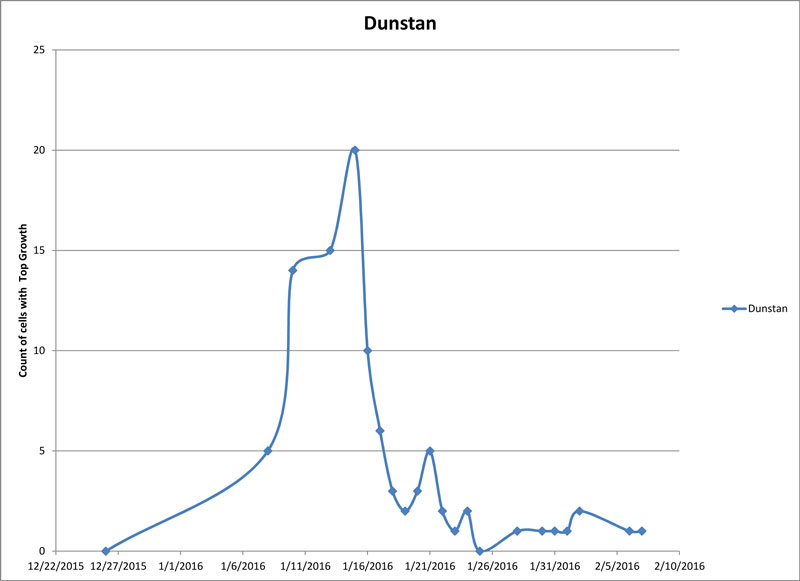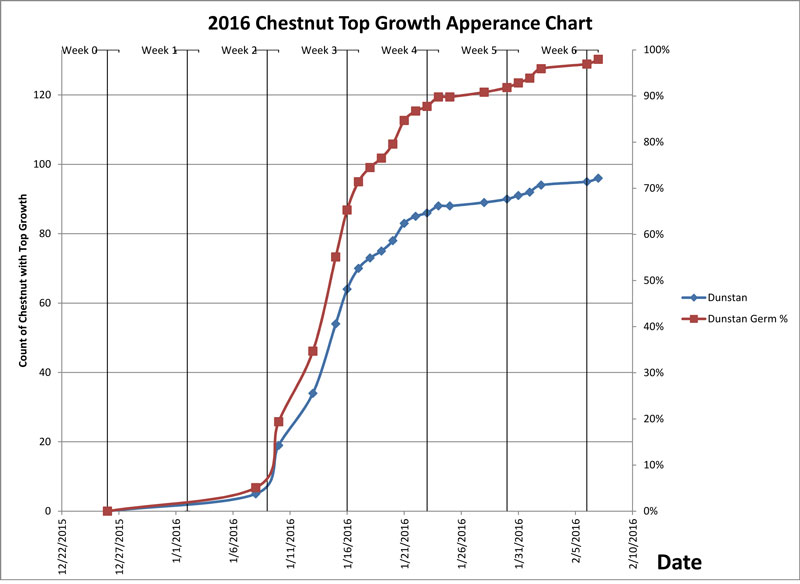Rangersedge
New Member
Hi! I just found this forum. Live in south central illinois. Family has several hundred acres of mixed farmland, woods, and ponds. Lots of deer. Planting chestnuts and other trees for deer. Hoping to concentrate during hunting times.
Purchased and planted some Dunstan chestnuts probably 10 years ago. Maybe a bit longer. Have harvested nuts from them in fall 2021, put in bucket with damp sand, and buried over winter, then dug up in spring, and planted in 1 gl pots in spring 2022, and transplanted in Nov 2022. Some of those resulting trees are now up to about 17' tall and producing nuts for first time this year.
Harvested more nuts in 2023, did bucket over winter, planted and transplanted in 2024. Some of those are now over 6' tree pro tube.
Have a bunch of small apple trees raised from seed plan to transplant this fall. Don't know how they will do. I know they wont be duplicates of parent trees but hopefully produce plenty of apples for deer. Have probably 100+ chestnuts and 40+ apples at this point
Debating purchasing some grafted persimmons, pears, etc. Seems like most native persimmons arent producing fruit.
Been hit and miss with buried bucket approach. Not sure what I need to do better for consistent germination results.
All advice welcome.
Purchased and planted some Dunstan chestnuts probably 10 years ago. Maybe a bit longer. Have harvested nuts from them in fall 2021, put in bucket with damp sand, and buried over winter, then dug up in spring, and planted in 1 gl pots in spring 2022, and transplanted in Nov 2022. Some of those resulting trees are now up to about 17' tall and producing nuts for first time this year.
Harvested more nuts in 2023, did bucket over winter, planted and transplanted in 2024. Some of those are now over 6' tree pro tube.
Have a bunch of small apple trees raised from seed plan to transplant this fall. Don't know how they will do. I know they wont be duplicates of parent trees but hopefully produce plenty of apples for deer. Have probably 100+ chestnuts and 40+ apples at this point
Debating purchasing some grafted persimmons, pears, etc. Seems like most native persimmons arent producing fruit.
Been hit and miss with buried bucket approach. Not sure what I need to do better for consistent germination results.
All advice welcome.


